Search Images
Browse Content (p. 1400)
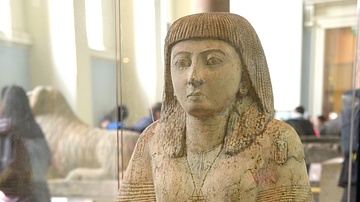
Image
Kneeling Statue of Panehsy
Panehsy, a royal treasurer from Memphis under Ramesses II, holds a shrine containing Osiris (center), his wife Isis, and their son Horus. The text invokes these and other deities of Abydos and explains that the statue was placed in one of...

Image
Statue of General Hahibra
The shrine contains a figure of Osiris, the god of the dead. This statue stood in a temple at Sais, then capital of Egypt. The text on the back-pillar calls Wahibra an "overseer of access of foreign lands (who managed trade on Egypt's southern...
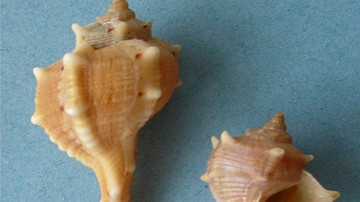
Image
Murex Brandaris
Examples of the Murex haustellum brandaris shellfish, one of the sources of Tyrian purple dye.
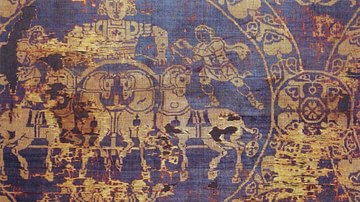
Image
Tyrian Purple Shroud of Charlemagne
The silk shroud of Charlemagne made with gold and Tyrian purple. The design shows a quadriga (four-horse chariot). 9th century CE. (Musée National du Moyen Âge, Paris)
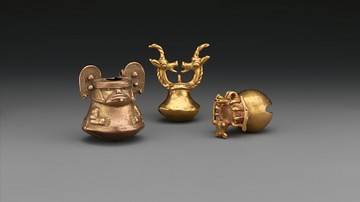
Image
Tumbaga Bells of the Tairona Civilization
Bells made from an alloy of gold and copper (tumbaga) by the Tairona people of Colombia. c. 1500 A.D.
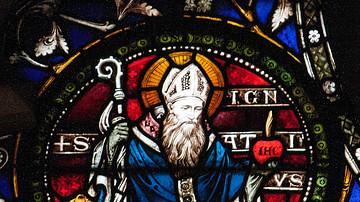
Image
Ignatius of Antioch
Stained glass detail from a window in St Paul's within-the-Walls, Rome, depicting Ignatius of Antioch (35-108 CE).
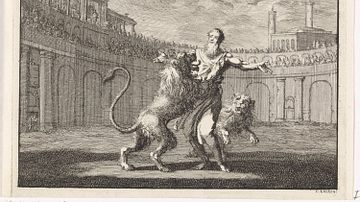
Image
Ignatius of Antioch in the Arena
Ignatius of Antioch is thrown to the lions in the arena. Print by Jan Luyken, 1701 CE, Rijksmuseum, Amsterdam.

Image
Sacsayhuaman Panorama
The Inca Sacsayhuaman fortress-temple complex at Cuzco. The structure was begun in the reign of Pachacuti Inca Yupanqui (1438 - 1471 CE) and completed by his successors.
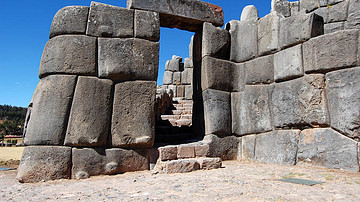
Image
Sacsayhuaman Terrace Gateway
One of the terrace gateways of the Inca Sacsayhuaman fortress-temple complex at Cuzco. The structure was begun in the reign of Pachacuti Inca Yupanqui (1438 - 1471 CE) and completed by his successors.
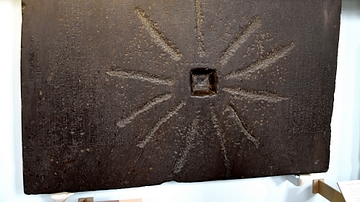
Image
Shabaqo Stone
This slab, later used a millstone, tells of the world's creation by Ptah, chief god of Memphis. The text is Archaic, and a preface claims that Shabaqo (Shabako) A Kushite King, had it copied from an ancient worm-eaten scroll in the temple...